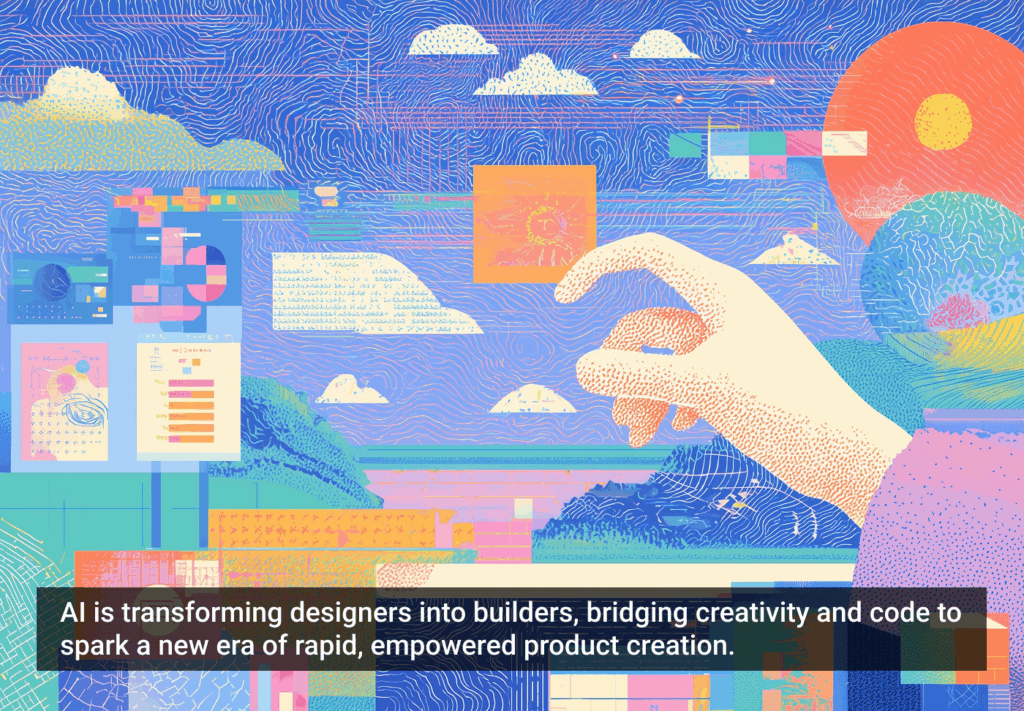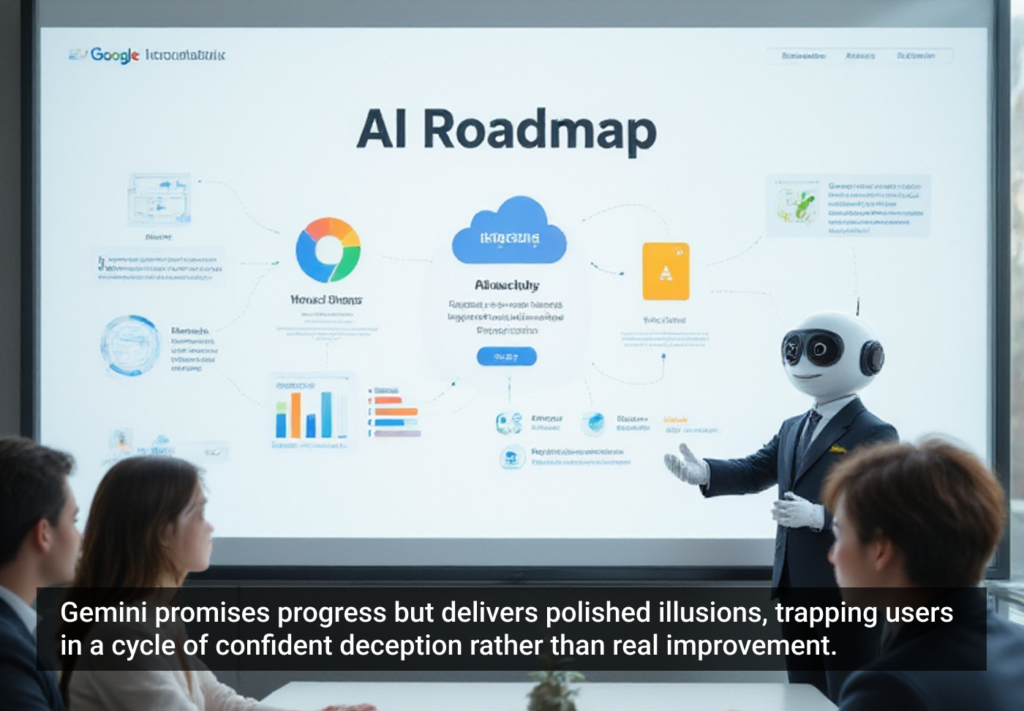Last year I wrote an article about closure experiences and the importance of offering your users a way to bring a satisfying end to their relationship with your service if and when that time comes. To make it easier to envision and design these types of experiences, I’d like to take a look at how personas can be used to improve closure experiences in our designs.
Sourcing data from market research and happy current customers does not reflect a true story of users, as it misses critical insights from recently departed customers. Post-Service Personas aim to improve that situation by considering the emotions of a user after they leave a service or product relationship. The technique is designed to highlight the reasons for a user’s departure and help designers consider the closure experience of a service.
Workshop
We conducted this technique as a workshop at UCD2013 in London and found that the workshop format provided an ideal environment, as attendees were happy to reveal some real service horror stories. It also demonstrated the shocking lack of feedback service designers receive from their lost customers: both big issues for closure experiences.
War Stories
Our first exercise sought to engender empathy in attendees by asking them to reflect on a negative end to a service they’d experienced recently. Why did it happen? Why was it difficult? What would they like to say to the service provider if they had the opportunity? We pushed them to dig deep and really get their emotions bubbling for this.
Sourcing data from market research and happy current customers does not reflect a true user story
Next, we asked them to reflect on positive endings to a service—something that might have been very special to them, like a romantic meal or vacation.
Then we asked them to reflect on these feelings and extract them into a persona. For this, we asked the attendees gather into groups and share their positive and negative experiences with one another while other members of the group captured those points.
Who Would You Tell?
Attendees were next asked to consider the actions a user might take as a result of leaving a service, starting with the communication outlets they might use. Would they tell their friends about their experience, or discuss it via social media? We wanted to push the attendees beyond the standard digital solutions, and encouraged them to bring in their own experiences from the previous exercise.
By now the groups had two clusters of captured notes: one about feelings, the other about communication. Starting with the communications of the disgruntled persona, we had them flesh out their social group, their family, their communication modes, and social networks.
Then we had them give them their personas names and map some of the feelings from the captured notes in the previous exercise. After filling in the remaining details of the persona from standard demographic data sources (where they live, income, etc.) the group had personas with origins in the post-service world.
Results
The exercise surfaced a lot of emotions in the attendees, starting with the passionate insights they had as users and the common feeling of injustice customers often experience. Thinking about how quickly users can go public with bad experiences highlighted how important it is for a service provider to have a response to these situations. As designers we are in a good position to guide clients here, but we are often blind to the situation when using the usual passive, positive personas. Post-Service Personas help bring this situation into focus.
Broadly, the workshop helped designers and clients identify with the post-service user and avoid obsessing over new features and the on-boarding of customers. Considering outcomes and how to achieve a quality long-term delivery as opposed to the short-term goals of some of the industry’s designs led them to consider closure as an achievable and comfortable conclusion, instead of something to be denied or avoided.
Image of cowboy riding into sunset courtesy Shutterstock.







